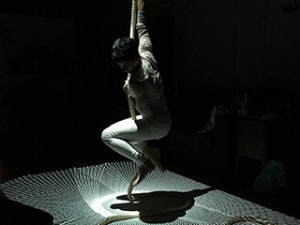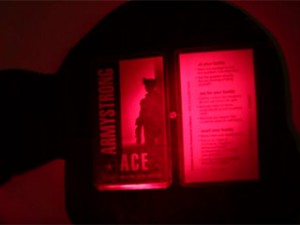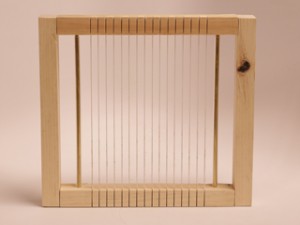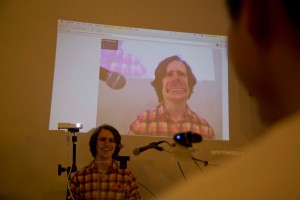Tanya Campbell, Yining Shi
Learn some introductory circuit relationships by holding hands with this Minion.
http://www.tanyacampbell.org/category/live-web
Description
An introductory circuit learning experience that illustrates the differences between an open and closed circuit + a large resistance vs. small resistance.
When you hold the Minion’s hand, you complete his internal circuit and an LED lights up. When the Minion’s hands are left unheld, his LED will remain unlit.
The minion circuit is linked to a website that provides visual feedback when the circuit is open/closed. When the circuit is open, the Minion will frown, while on the other hand, if the circuit is closed, the Minion will smile.
As for resistance, we mapped a potentiometer to control the colors of an RGB LED. When the RGB LED is red, that means there is a high resistance present, which will result in a dim LED. When yellow, there is a medium amount of resistance present, and when green that means there’s a low amount of resistance present.
Stay tuned for more updates and videos on this topic.
Classes
Live Web





